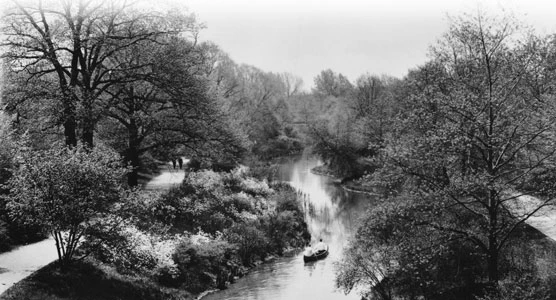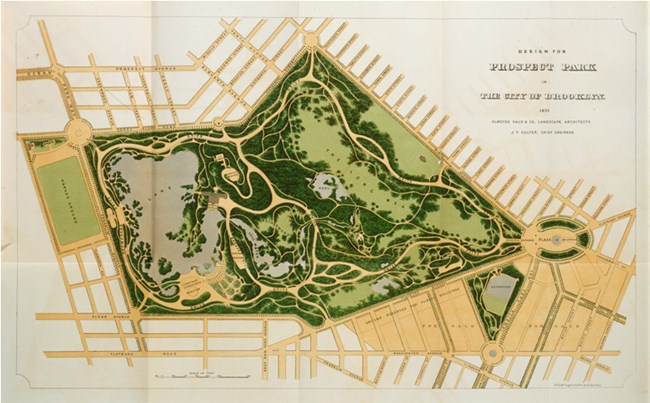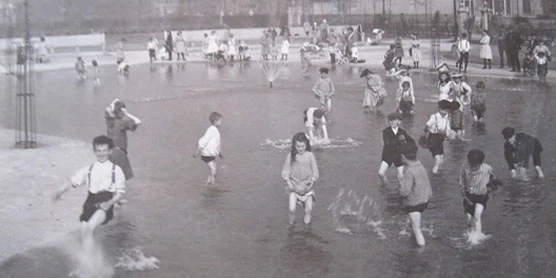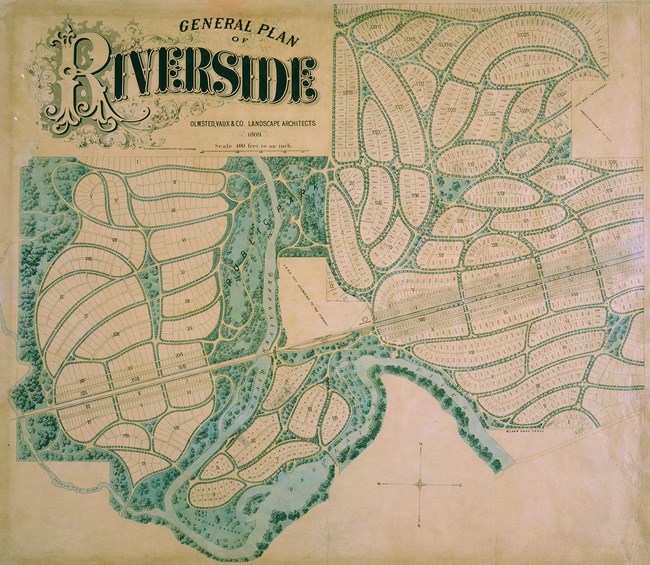
Olmsted Archives 
Olmsted Archives Shaper of the American Landscape Perhaps more than any other person, Frederick Law Olmsted (1822-1903) affected the way America looks. He is best known as the creator of major urban parks, but across the nation, from the green spaces that help define our towns and cities, to suburban life, to protected wilderness areas, he left the imprint of his fertile mind and boundless energy. Out of his deep love for the land and his social commitment he fathered the profession of landscape architecture in America. 

Olmsted Archives In what he created and what he preserved for the future, Olmsted's legacy is incalculable. The informal natural setting he made popular characterizes the American Landscape. Beyond the hundreds of parks enjoyed by millions of people, Olmsted and his firm set the standard for hospital and institutional grounds, campuses, zoos, railway stations, parkways, private estates, and residential subdivisions across the country. Olmsted's principles of democratic expansion and public access still guide and inspire urban planners. From the broadest concepts to the smallest details of his profession, the sign of Olmsted's hand is everywhere in our lives. 
Olmsted Archives |
Last updated: February 27, 2024
